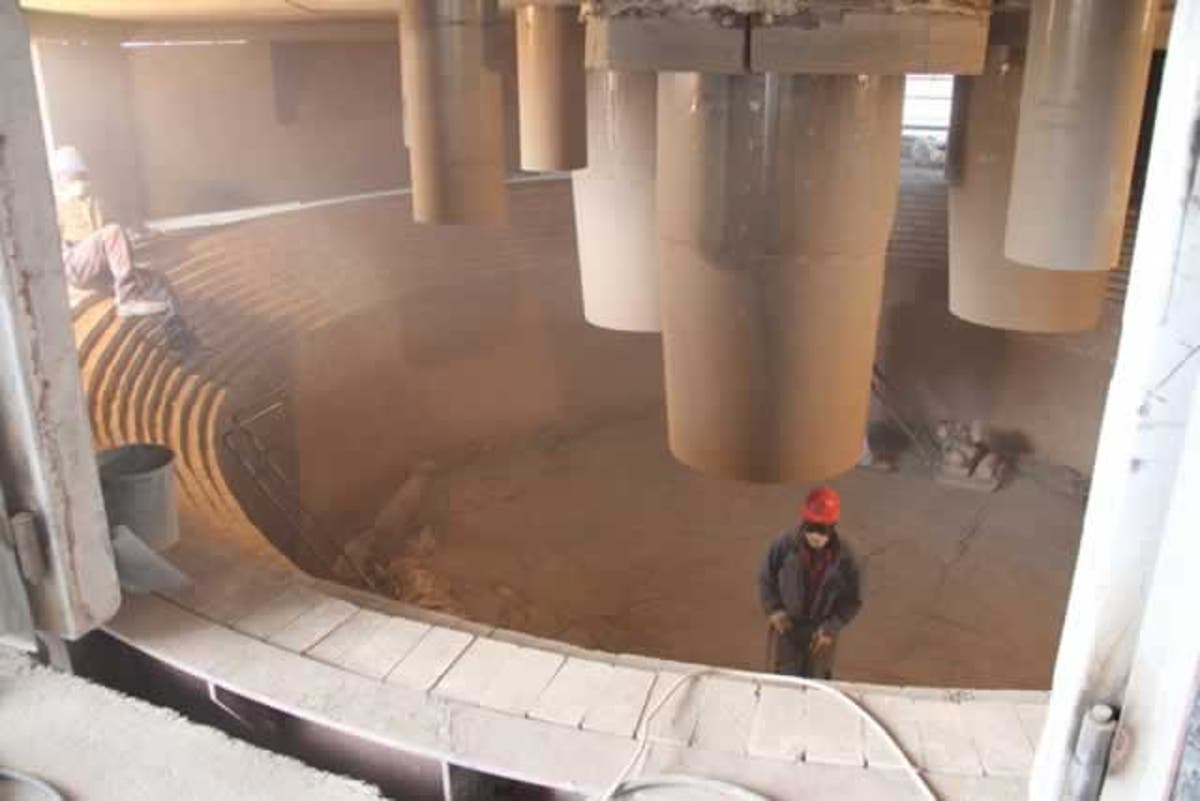Bleak future for Zim chrome smelters
The global coronavirus has forced most ferrochrome producers in Zimbabwe to switch off furnaces following a plunge in prices.
This has been worsened by several other internal factors including high operating costs that made running furnaces unviable.
Covid-19 surfaced in late 2019 in China and became a full-blown crisis worldwide. Almost every country declared national emergencies to combat the spread of the disease which has so far infected 30 million people.
Beyond its impact on human health, coronavirus disrupted an interconnected world economy through global value chains, which account for nearly half of global trade.
It resulted in abrupt falls, fiscal revenues, foreign exchange receipts and commodity prices, including ferrochrome, an essential ingredient in stainless steel production.
Zimbabwe has more than 10 ferrochrome producers and only two, AfroChine and JinAn are operating, but at subdued levels, according to a Government report on the state of industry during the lockdown period which began in March this year.
Other companies including Zimasco and South Africa’s Portnex, which was leasing the western section of Zimasco’s Kwekwe plant have kept their units offline.
Chinese industrial production is back to pre-Covid-19 levels and this has seen demand moving up.
On the global demand side, China consumes about 60 percent of ferrochrome. As such, China’s ferrochrome prices are on uptrend with better demand.
However, local producers are unlikely to benefit from firming prices due to other internal challenges.
“It is a positive development but that alone is unlikely to see producers restoring production,” one industry player, who declined to be named said yesterday.
“We have issues of foreign currency retention and high electricity costs which are straining viability.”
Zimasco said it would be difficult to resume production given the current challenges.
“We are engaging the authorities over the challenges,” its spokesperson Clara Sadomba said.
Zimasco has, however, managed to stay afloat through chrome ore concentrate sales. The company is targeting to export more than 300 000 tonnes of the commodity this year.
Niachos Investments owned by South Africa’s Portnex said this week it has received an offer from a Belgian customer willing to pay upfront for the commodity to enable it to restart production.
However, this offer is subject to Niachos securing a plant to lease and obtain a favourable electricity tariff from the Zimbabwe Electricity Transmission and Distribution Company (ZETDC).
Niachos, which was operating the west plant of Zimasco in Kwekwe — leased by Portnex — closed down in December last year due low ferrochrome prices on the international market and high costs of production.
The company was placed under corporate rescue in terms of the Insolvency Act (Chapter 6:07) in February 2020.
“We have engaged ZETDC over special tariff and the Reserve Bank of Zimbabwe over forex retention,” corporate rescue manager Mr Claudius Nhemwa said early this week.
The closure of the ferrochrome smelters undermines the Government’s beneficiation policy meant to boost foreign currency inflows and create jobs, some analysts have said.
From the limited exploration, the known chrome ore resources occur approximately 60 percent as lumpy (which is ideal for smelting) and 40 percent as friable ores or fines.
With an estimated 12 percent of the global chromite resources and ferrochrome production currently contributing less than 3 percent to global output, the Zimbabwean chrome ore industry has significant potential for growth, according to the Chamber of Mines.-ebusinessweekly











